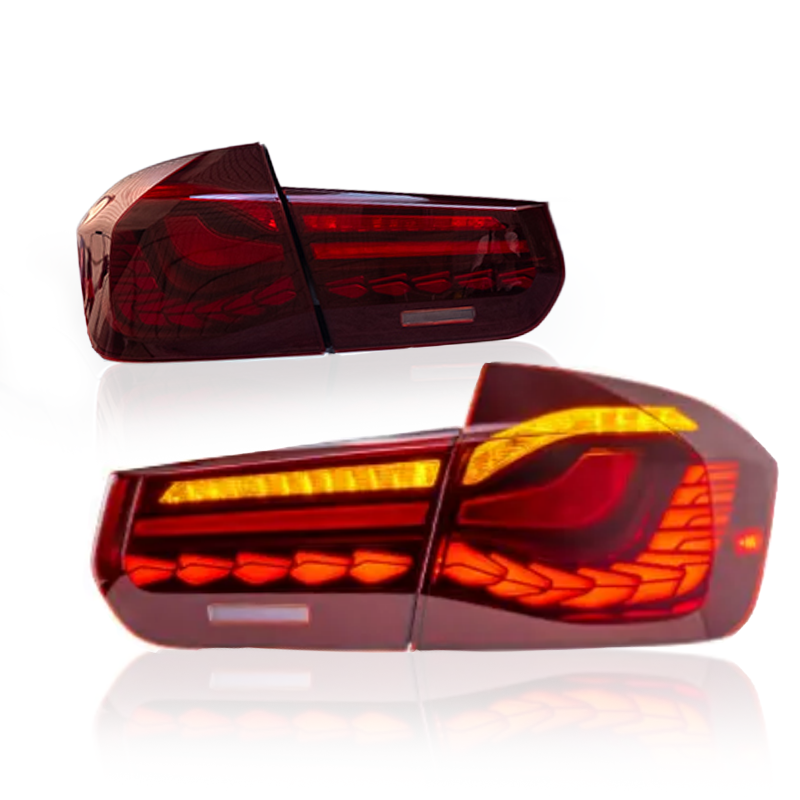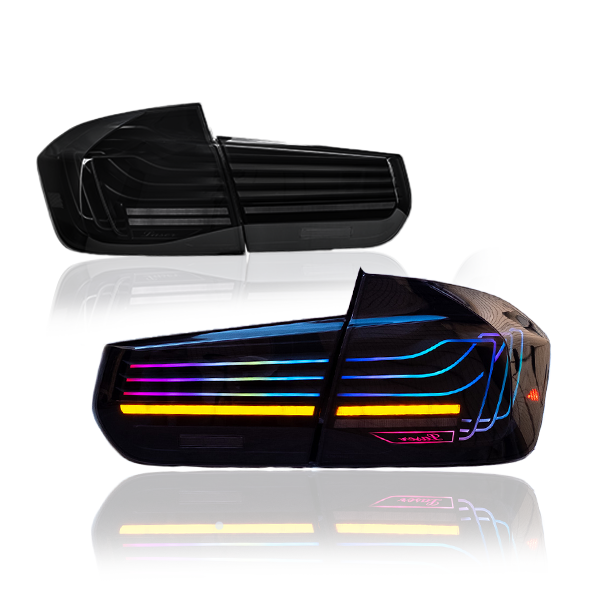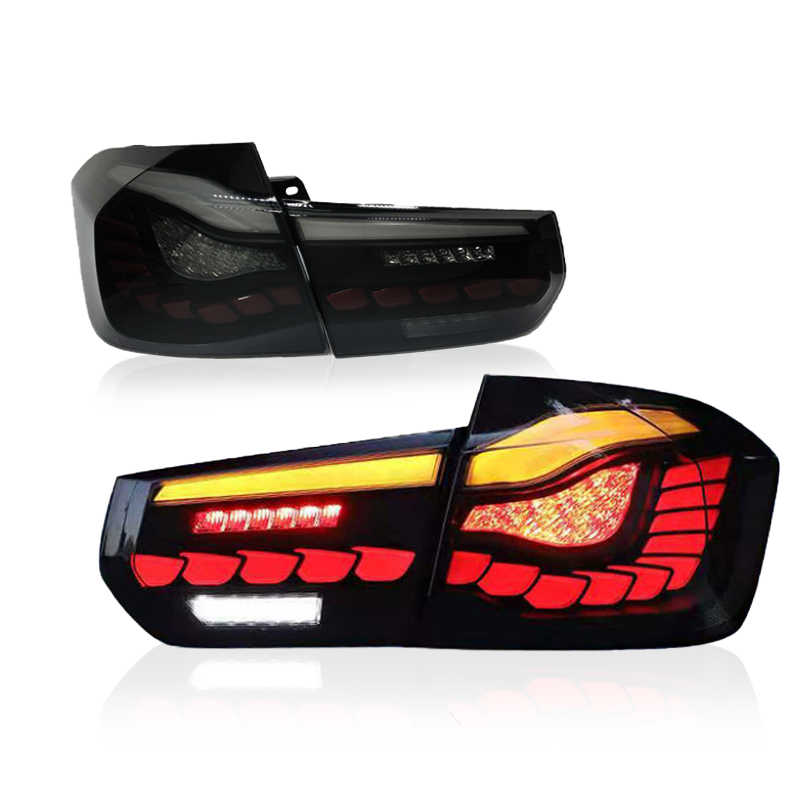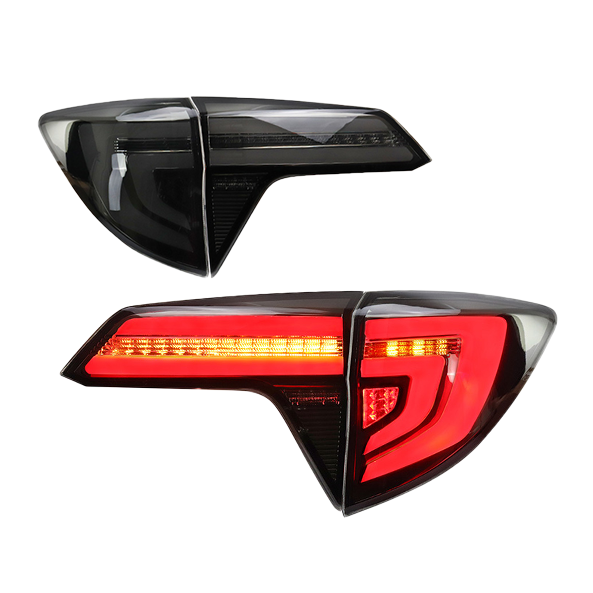Originating in the late 19th century, tail lights began as simple oil lamps or lanterns mounted on the rear of vehicles. Over time, technological advancements and safety regulations led to the evolution of tail lights, transforming them into sophisticated and essential safety features in modern automobiles.
One primary function of tail lights is to enhance visibility, especially in low-light conditions or during nighttime driving. They serve as rear position lamps, making the vehicle visible to other road users, thereby reducing the risk of accidents or collisions in dimly lit environments.
Another crucial role of tail lights is to communicate the driver's intentions and actions to following vehicles. They function as brake lights, illuminating when the driver applies the brakes, signaling deceleration or stops to drivers behind. This clear indication of braking helps prevent rear-end collisions by giving following drivers ample warning to slow down.
tail lights serve as an indicator of the vehicle's width and position on the road, especially in adverse weather conditions such as fog, rain, or snow. These lights aid in making the vehicle's size and presence more visible to others, ensuring safe and efficient navigation on the road.
Tail lights have evolved significantly from their early incandescent bulb origins to modern-day sophisticated lighting systems. Today, many vehicles utilize LED (Light-Emitting Diode) technology for tail lights, offering improved brightness, energy efficiency, and longevity compared to conventional bulbs. LEDs emit brighter light, ensuring better visibility and safety on the road.
advancements in tail light design have led to the incorporation of additional features beyond basic lighting functions. Some vehicles feature adaptive tail lights that adjust brightness or direction based on driving conditions, improving visibility and safety for both the driver and other road users.
Innovative design elements have also transformed the appearance of tail lights. Automakers now incorporate sleek, aerodynamic designs with unique shapes, patterns, and smoked or tinted lenses, enhancing the visual appeal of vehicles while maintaining their functionality.
Safety standards and regulations play a significant role in tail light design, ensuring compliance with specific criteria regarding brightness, color, and visibility angles. Compliance with these standards ensures that tail lights meet the required safety measures, contributing to standardized safety features across vehicles.



 English
English 日本語
日本語 русский
русский













